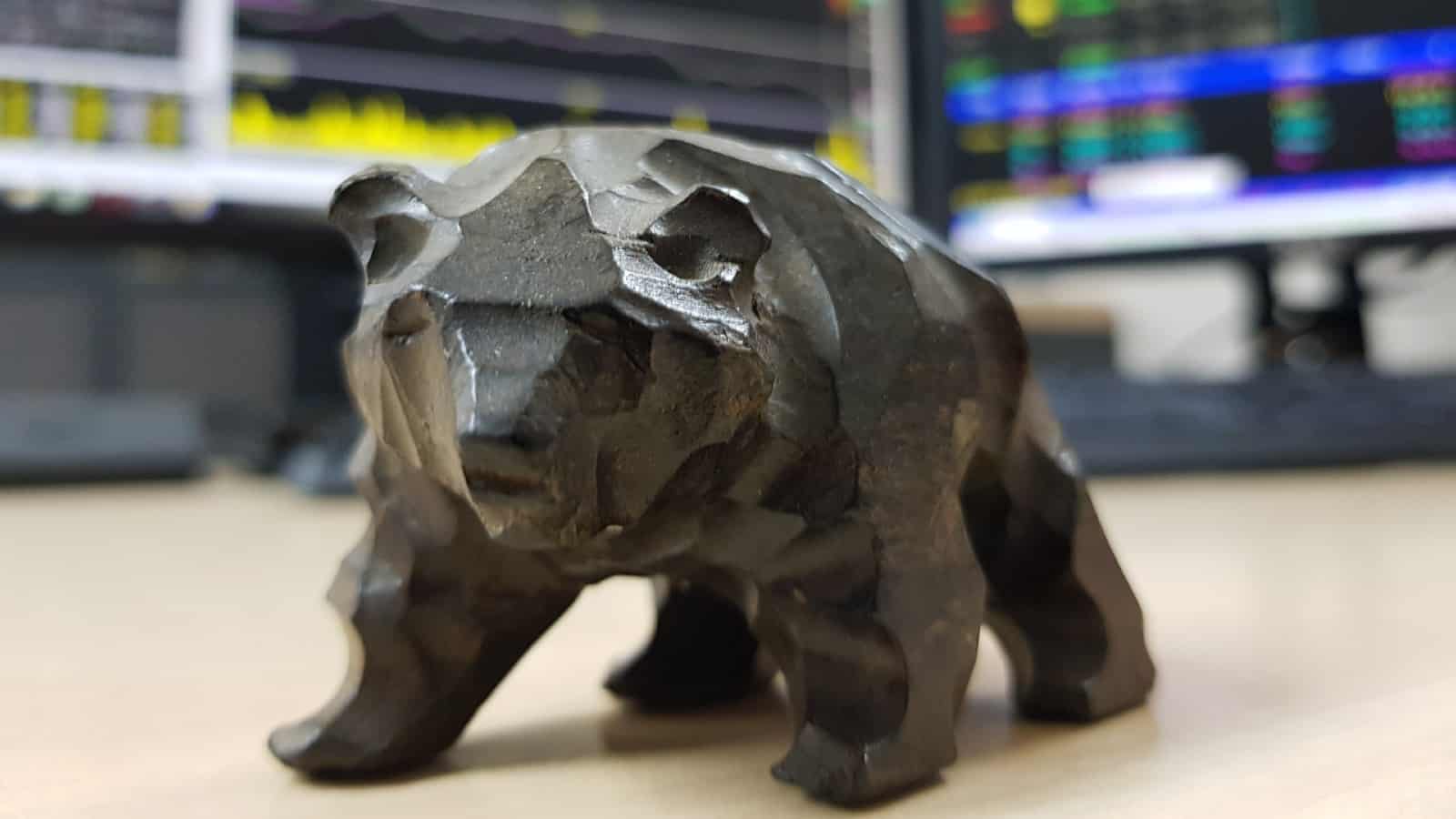Image source: Getty Images
When I was scouring the market for a chip stock a few years ago, I naturally considered Intel (NASDAQ: INTC). The firm is synonymous with the semiconductor industry and was even nicknamed ‘Chipzilla’.
In the end though, I went with Nvidia, as I tend to prefer founder-led innovators to legacy incumbents. They’re generally more nimble and less like the Titanic to turn round.
Looking at Intel’s share price — down 61% in five years and near a 10-year low — I don’t regret that decision. But I still wouldn’t buy the fallen stock today. Here’s why.
What’s gone wrong?
Intel’s nemesis has been Nvidia’s graphics processing unit (GPU). It’s at the heart of the artificial intelligence (AI) revolution, which Intel has utterly failed to capitalise on.
Unfortunately, this isn’t the first time it’s missed out on a huge growth market. The firm famously passed up the opportunity to provide chips for Apple‘s early iPhone!
In 2021, Pat Gelsinger became CEO, tasked with reinvigorating the business. He announced that Intel would start manufacturing for external clients, a significant shift from its traditional focus on producing chips solely for itself.
This pitted it against leading chipmakers Taiwan Semiconductor Manufacturing (NYSE: TSM) and Samsung. But this pivot has been incredibly costly, with capital expenditure close to $70bn since the end of 2021.
This has weighed heavily on Intel’s profits, to put it mildly. And investors have lost faith with the third-party foundry strategy, leading to Gelsinger’s ousting on 1 December.
Things to like?
Now, I should say that I primarily invest in growth shares and high-yield dividend stocks. With revenue down approximately 30% in three years and the dividend axed in August, Intel is neither.
But for dyed-in-the-wool value investors, there might be things to like here. The firm still holds a significant share of the server and PC chip markets. And the stock is trading on a low price-to-sales (P/S) ratio of 1.7.
If Intel is broken up, the firm could be worth more than the sum of its parts. Its core product business remains solidly profitable, while it has just over $100bn in physical assets on the balance sheet. That’s more than its current $95bn market cap, though it also has approximately $26bn in net debt.
Looking ahead, AI-enabled PCs could become commonplace, while the rocketing AI server market should also offer growth opportunities, assuming Intel can seize them (not guaranteed).
A tale of two tankers
The stock’s forward price-to-earnings (P/E) ratio is around 24.7. That’s actually higher than rival TSMC (22.7), despite the Taiwanese chipmaker firing on all cylinders due to the AI boom (it makes Nvidia’s GPUs).
Of course, TSMC faces its own risks, mainly centred around the decades-old dispute between China and Taiwan. Donald Trump’s ambivalent attitude towards the island’s defence adds uncertainty.
Nevertheless, I prefer TSMC stock (which I hold) over Intel. In Q3, the Asian chipmaker’s revenue jumped 39%, while net income surged 54%.
Chief executive CC Wei said: “Almost every AI innovator is working with TSMC.” Therefore, it’s a natural beneficiary of the AI revolution, as it’s making most of the cutting-edge chips.
Perhaps new management can finally turn the Intel tanker around. For me though, I’d rather be invested in the TSMC tanker that’s steaming straight ahead in the AI age.
Credit: Source link














